Dog breeds for an apartment: how to choose and keep?
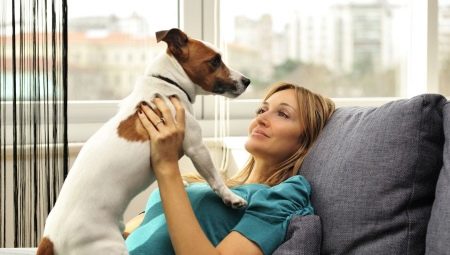
Is it possible to live your whole life like this, without a dog - the main character of the cartoon "Kid and Carlson" reasoned with annoyance. And with the same annoyance, many animal lovers deny themselves even thoughts and do not have a dog for a number of reasons. And the most common reason for refusal is the fear that a four-legged friend will feel uncomfortable living in a small apartment in a noisy metropolis. Undoubtedly, housing conditions are the basis for the healthy and correct development of the dog.
But even in a one-room apartment, a four-legged pet can live comfortably and please its owner. And in order to live comfortably not only for the dog, but also for the owner, it is necessary to take into account several obvious and not very important points.

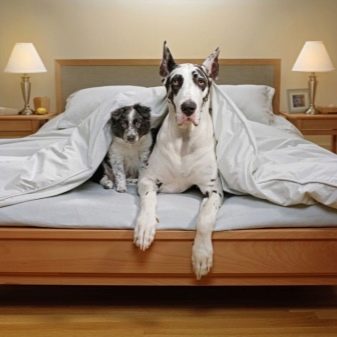
Pros and cons of keeping dogs in an apartment
A dog for a person is, first of all, a loyal friend and loving companion. And before choosing a future pet, you need to answer yourself a few simple questions.
- What tasks should a dog perform: to protect the owner, to be an assistant, or to be just a loyal friend?
- Should the dog be calm or playful?
- How much free space in an apartment can you allocate for a future full-fledged family member?
- How much time can you carve out for your daily walks?

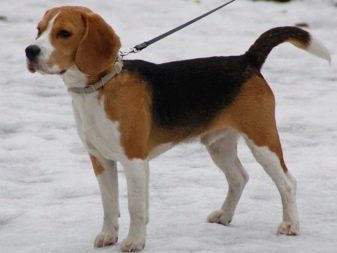
Regardless of the answers, every future dog breeder should remember that a dog in the house is a big responsibility, and in the future, a four-legged pet will become a full-fledged member of the family. And therefore, it is important to be careful and selective, and you should immediately understand the pros and cons of keeping a dog in an apartment.
- The main plus is the great joy in the family. Dogs are incredibly kind and immensely loving creatures.Every day, the dog will step by step on the landing to recognize its owner and jump up and down for the joy of meeting.
- The dog teaches responsibility. Young couples without children learn to love and care for a new family member. And for families with teenage children, the dog helps teach the child to be more responsible and respectful of the smaller brothers.
- Morning exercises and evening walks in the fresh air every day, as well as joint trips to nature and hiking will become more interesting with a four-legged pet.
- The dog will help you find new friends - this is especially important for those who feel lonely. Each walk on the street will bring new acquaintances for both the pet and the owner. As a rule, dog breeders, especially those living in the same area, know each other and arrange joint walks with their four-legged friends.
- Good guard - even despite its size, any dog will rush to protect its owner in any situation.
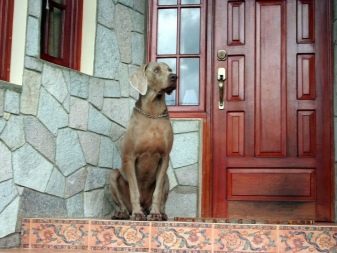
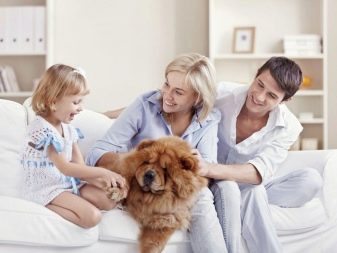
The disadvantages include the following nuances.
- Financial expenses. These include feeding, visits to the veterinarian, toys, vitamins, leashes and collars, clothing (depending on the breed of dog chosen), as well as a bed - these are just the main expenses that will have to be faced in the first week of a puppy's life in an apartment. It is a mistake to believe that it is enough to feed a dog twice a day with simple cereals. Pet nutrition, especially during the period of active growth and development, should be balanced and include meat, cereals, cottage cheese, eggs, various minerals and additives. And also visits to the veterinarian and vaccinations will take away part of the family budget.
- Waste of time. Despite fatigue, poor health or the weather, the dog requires at least walks on the street every day. It will not be possible to sleep longer in the morning on a day off - the dog will definitely wake up and show with all its dissatisfied appearance that it is time to go for a walk. And with a puppy you need to walk 5-6 times a day.
- A responsibility. The owner is responsible for both the safety and health and the behavior of his pet.
- Damage to property. Especially in the first year of a pet's life in the house, it is worth mentally preparing for the fact that shoes, furniture, telephone wires and any other things and objects that are at eye level with the puppy can be gnawed and chewed.
- Frequent wet cleaning of the apartment. Paw marks on the floor, spilled water from a bowl, remnants of torn toys and, in addition, a persistent doggy smell from the pet's bed - this is the small minimum that will wait for the owner in the apartment every day.
- Potential problems with neighbors and other residents of the house. Especially in the first year of life, an unreasonable puppy and even an adult bored dog can start barking or howling in an apartment. And some of the neighbors may complain about the remaining paw marks or smell in the entrance.
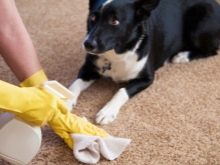
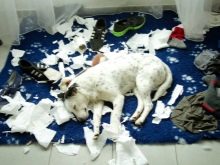
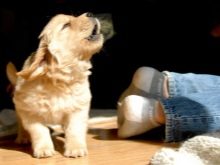
Best breeds
When choosing which dog to have for living in an apartment, you must first of all pay attention to the size and physiological characteristics of the dog. The breed indicates not only the size of the dog, but also the character, needs and purpose. Therefore, it is important that the character and temperament of the animal and the owner complement each other perfectly.
Each breed of dog was bred for a specific purpose. Spaniels and dachshunds are excellent hunters and need physical activity. A little Spitz or Pekingese can live happily all their lives without running several kilometers a day in the park.
That is why it is very important to pay attention to the breed of the dog when choosing a future family member.
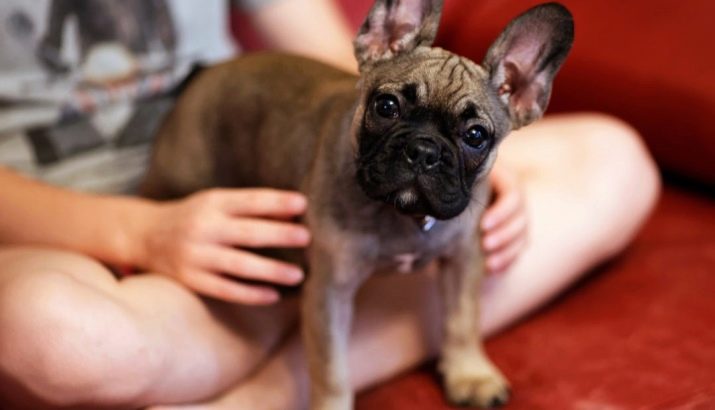
Large
Large breeds can be more confidently classified as problem-free dogs, since they do not often need active and long walks, and prefer to devote all their free time to lying on the couch. A vivid confirmation of this - large and charismatic mastiffs... Even during a walk, they can sit or lie on the ground several times, demonstrating their basic desires to their owner.
Golden retriever - Large and muscular dogs range in color from cream and beige to shades of red. Retrievers are very intelligent, calm and obedient dogs. They need not only daily walks, but also active games and physical activity. You should not get such a dog if the future owner does not have the money and time to keep it.


Labrador - kind and balanced dogs, often used as guides and rescuers. The Labrador has a docile nature and gets along well with young children and other pets in the house. But since Labradors are large enough dogs, the average weight of a dog can reach 30-36 kg, it is not worth having such a dog in a one-room apartment.
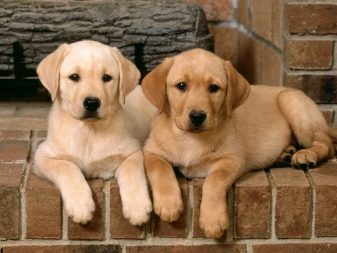

Collie - known to many thanks to the film "Lassie". A herding dog breed has long hair and a pointed muzzle. Despite its shepherd's genes, the collie is incredibly loyal to its owners, has a calm disposition and gets along well with children.
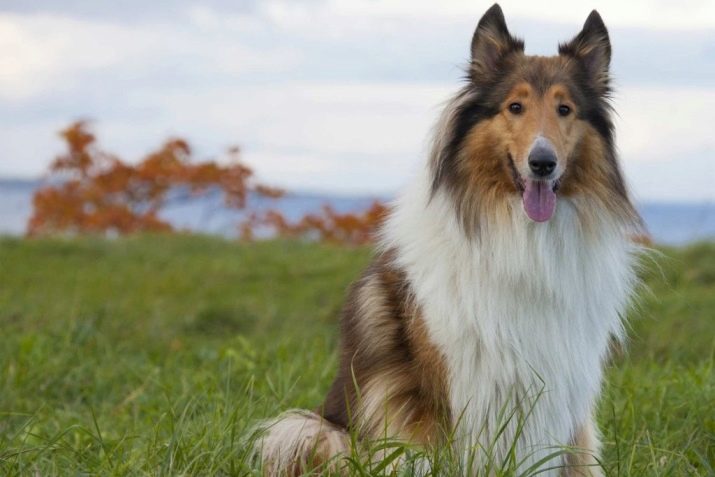
Dalmatians due to its mottled color it is impossible to confuse with other dogs. Dalmatians do not belong to the category of "couch" dogs, they are very mobile and need active games and frequent physical activity. An interesting fact about Dalmatians: at birth, puppies have a solid white color, and dark spots appear in the first weeks of life.

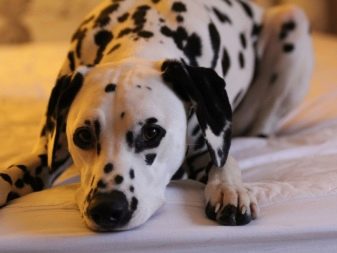
BoxerDespite its formidable appearance and stocky build, it treats children and other pets well if it has grown up with them. He has a keen ear and can be an excellent guard in the apartment.
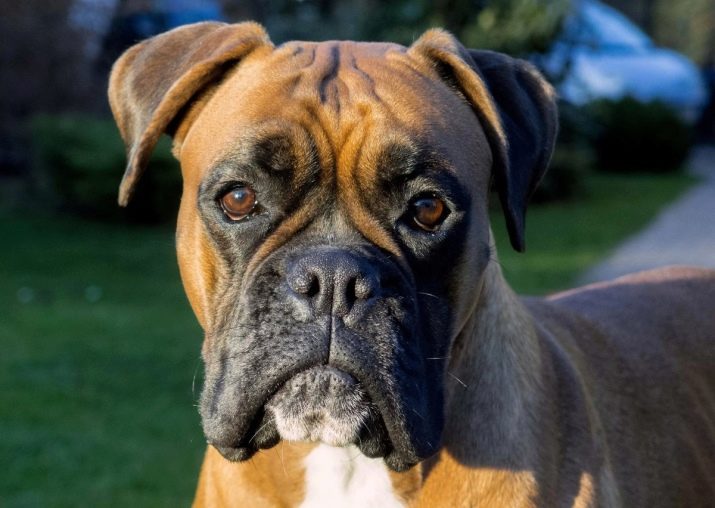
Rottweiler - a large dog with a strong character. A strong and hardy dog can not only guard the house, but also serve in the army and transport heavy loads, and can also become a full-fledged member of the family and a good friend for children.
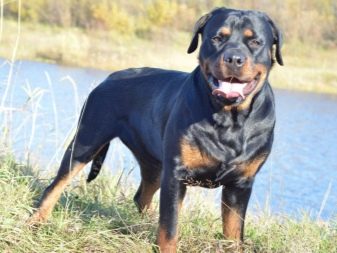
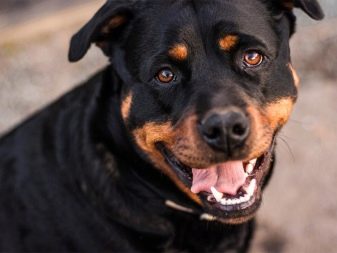
Newfoundlands belong to huge dogs and can reach a weight of 60 kg, but despite this they are incredibly good-natured and calm. They can perform the function of both a family guard and a nanny for a child. They have long, thick, dark and white coats that require daily grooming. And also Newfoundlands are distinguished by profuse salivation.
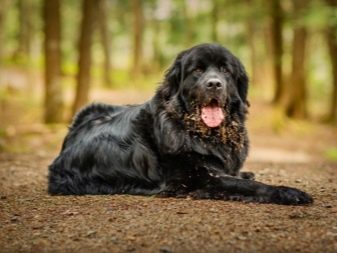
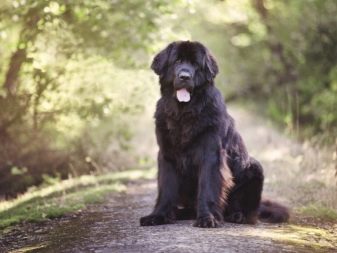
Irish Setter - an active and cheerful dog with good manners - will become a reliable companion for many years. An excellent companion for a young active family. A distinctive feature of the breed is its bright silky coat falling in waves. The Irish Setter often participates in promotions and is very popular with various world stars.
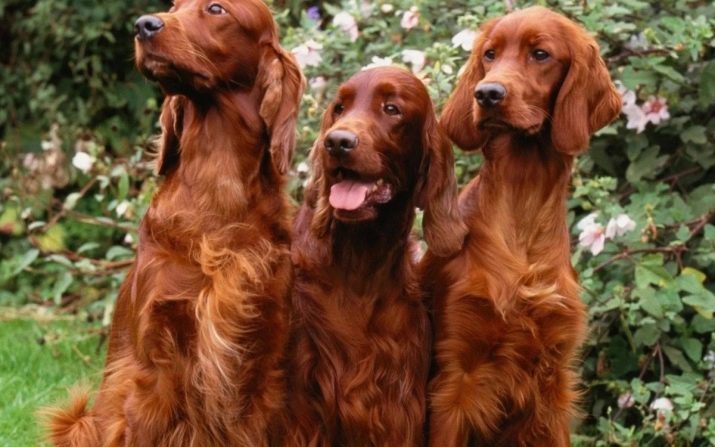
Average
Spaniels Is a wide group of dog breeds. They are small to medium-sized, depending on the breed. The Cavalier King Charles Spaniel can be attributed to the decorative breed - these are cute restless dogs with an agreeable and even aristocratic character, which is already clear from the name. But even in spite of his flirtatious appearance, the Cavalier King Charles Spaniel requires active and long games.
American cocker spaniel - behind a pretty appearance hides a strong and hardy character. It is very simple to distinguish it from other spaniels: the American Cocker Spaniel has a snub nose, long ears with curls at the tips and a shaggy forelock. In addition, nature has endowed dogs with an extremely sensitive scent, which helps them to hunt.
The American Cocker Spaniel is great for urban living and will be comfortable with families with children, the elderly, and other pets, including cats and small dogs.
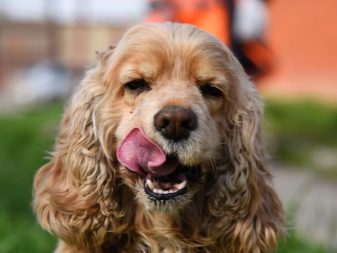
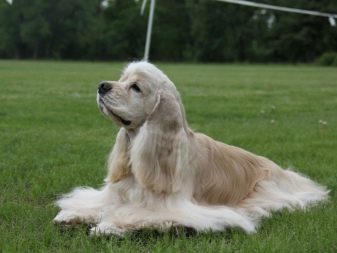
English cocker spaniel Is a wonderful companion and a great pet. Distinctive feature - long ears and thick long hair. The American spaniel easily gets along with other pets, gets along with children, but chooses only one owner, whom he will love all his life.And despite the calm and balanced character, it needs an active pastime.


Russian hunting spaniel - his genes already contain information that it is necessary to bring the game to the owner in any conditions, even on the water. Therefore, the future owner should be prepared that at the sight of a city pigeon, his four-legged friend will stand in a hunting stance by 6 months, and then will try to catch up and catch the bird, even if a pond is an obstacle. The Russian spaniel is not only agile, runs fast and loves to swim, but it is also easy to train and quickly learns new commands.
And the sensitive scent of a small puppy without proper education can cause big trouble for a pet.

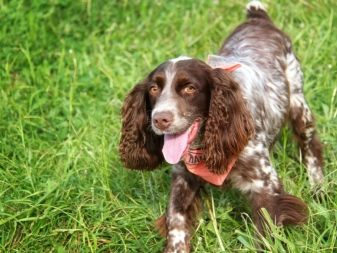
Bulldogs Is another large category of dogs. Despite even minor external differences, the American and French Bulldogs have the same character - they are incredibly lazy, refuse any physical activity and will willingly prefer lying on the couch for long walks in the park. In the puppy and adolescent period, like all our smaller four-legged brothers, they will undoubtedly actively explore the world and find various activities for themselves. But with age, this desire will quickly change to a passive and calm rest.
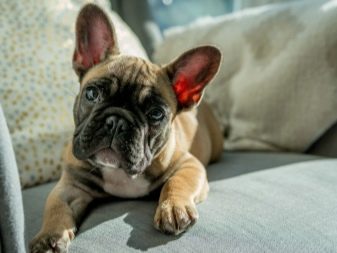
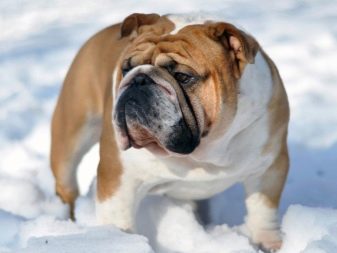
Basenji ideal for keeping in a small apartment. She makes few sounds, does not require careful and daily grooming and is incredibly loyal to her owner.
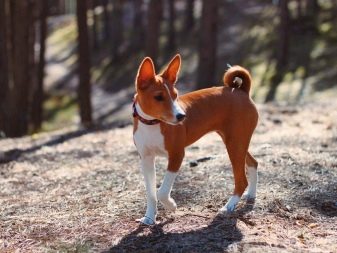
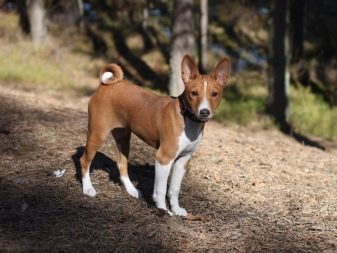
Beagle has a naughty and active character, ideal for young and active families. Easily gets along with other animals and small children. It is unpretentious in care: it has a short coat that does not need to be combed out daily, it is necessary to wash the dog 3-5 times a year, and any dirt on the coat can be easily removed with a wet cloth.
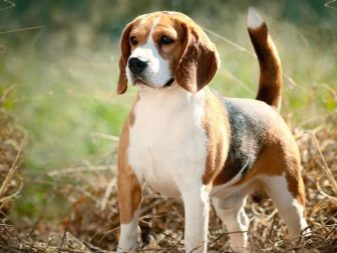

Corgi - with a small stature, they have a long body, an elongated muzzle and large ears. Very active and cheerful corgi - the favorite breed of the Queen of Great Britain. At the same time, corgi do not require increased attention to themselves, do not get confused in the apartment underfoot and respect furniture.
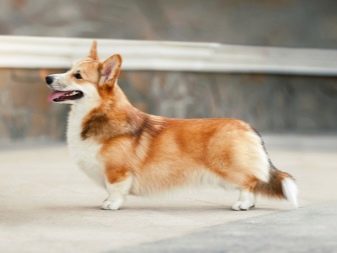
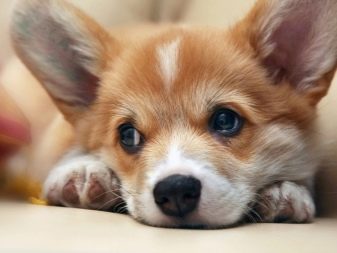
Jack Russell Terrier - Gained great popularity in the 90s after the release of the film "The Mask". Jumping, active, cheerful dogs with small size have a strong and resilient body. The average weight reaches 7 kg. Jack Russell Terrier has the ability to be a watchdog, and can also act as a nanny for older children.

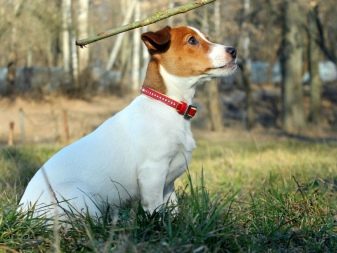
Basset Hound - aristocratic dogs with a sad look. But behind its appearance, the Basset Hound hides an inquisitive mind and hunting passion. The appearance of the breed is somewhat ridiculous: short legs, a long powerful body, comical ears - all together give the impression of a clumsy dog.
Basset Hound has a calm and good-natured nature, which makes this breed ideal for inactive and elderly people.
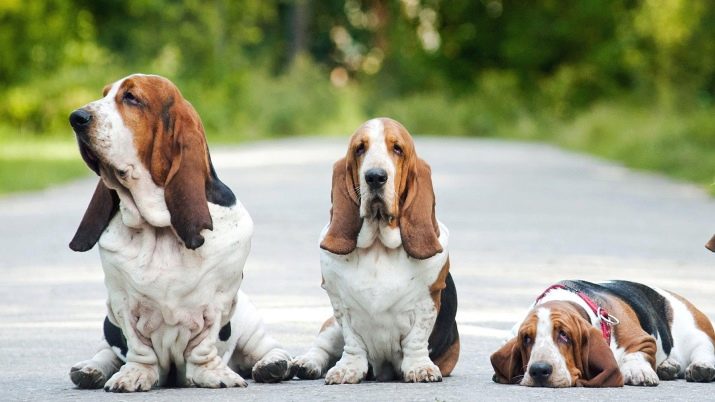
The list of the most problem-free medium-breed dogs that can be kept in an apartment can add dachshund, chinese crested, jagd terrier, sharpeth.

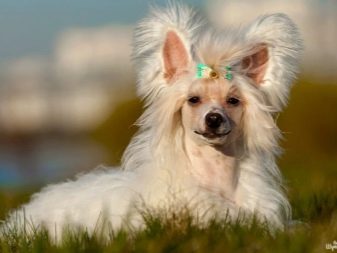

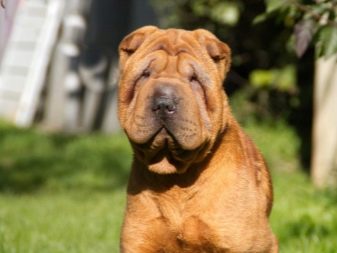
Typically, medium-sized dogs are very active and need play and constant attention. And if you leave a young four-legged friend alone for a long time, he can safely find something to his liking, for example, gnaw a chair leg or his favorite pair of shoes.
Therefore, if the future owner has only four hours a day that he can devote to a four-legged pet of an average breed, then it is wiser to look at smaller dogs.
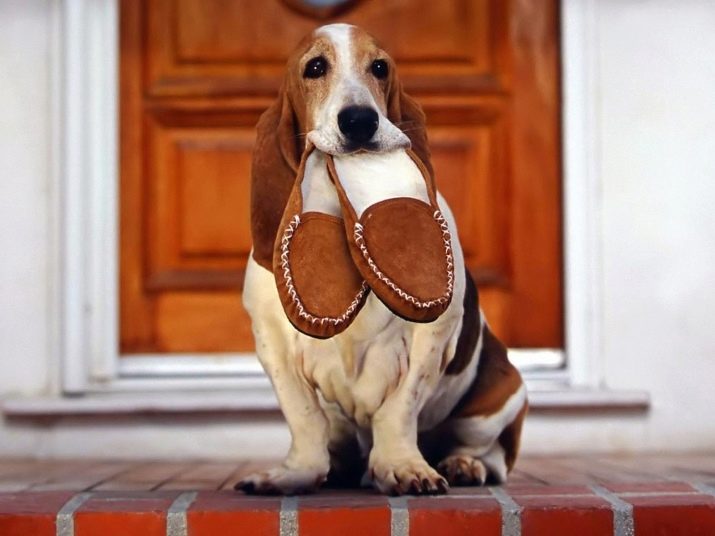
Small
Small apartment dogs bring no less joy to their owners, and sometimes even more large brethren. Little four-legged friends get along more easily in an apartment and require less attention. For example, most small dogs are taken out for a walk not for the sole purpose of relieving themselves, but for a walk.
A toilet for a small dog can be placed in the apartment. Thus, it will be enough just to change the diapers, and the long period of training the puppy to endure and relieve himself only at a certain time on the street disappears by itself. In addition, many small dogs cannot stand the cold, and it is simply dangerous for them to walk outside in winter.
Small dogs live longer than their larger brethren. Life expectancy depends on the breed and averages 12-16 years.

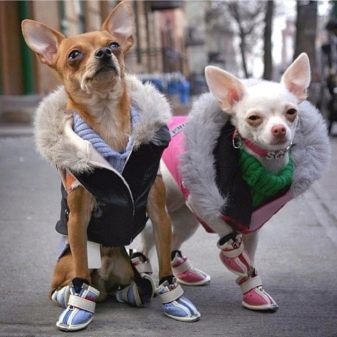
Spitz - a pretty dog, very similar to a child's toy. Dwarf miniature dogs with a bright or white color get along easily even in a small apartment. But most representatives are in poor health. Many Pomeranians suffer from a genetic disorder called alopecia. Some areas of a furry friend's skin may be completely hairless. To control and treat any skin diseases, you should immediately contact your veterinarian, and not self-medicate.
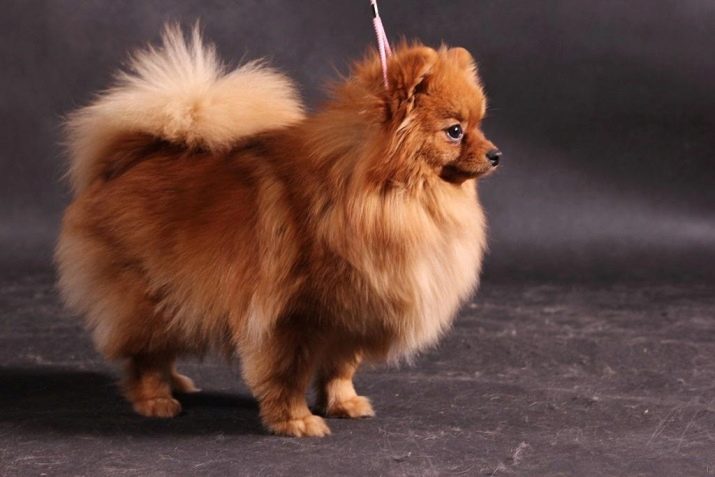
Pekingese - calm and cute dogs with big eyes. They have a flattened muzzle and long, thick coat, which requires constant care. The future owner of a Pekingese should be prepared for the fact that after each meal, the tips of the ears of a four-legged pet will require cleaning. Due to the peculiarities of the structure of the muzzle and the bulging eyeball, dust, dirt, various microparticles often get into the eyes of the Pekingese, which causes lacrimation.
But little Pekingese cannot clean their eyes on their own, therefore, eye cleaning must also be included in daily procedures. And because of the flattened muzzle during sleep, Pekingese often snore.
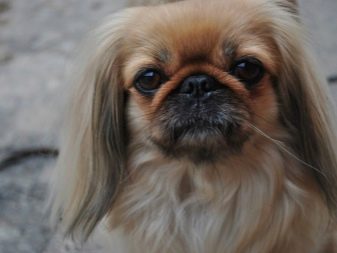
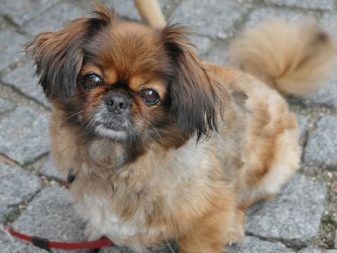
Pugs - noble and kind dogs, emotionally strongly attached to the owner. Suitable for families with children and the elderly. They have a short coat, which is easy to care for, but due to the peculiarities of the structure of the muzzle and protruding eyes, they face the same problems as the Pekingese.
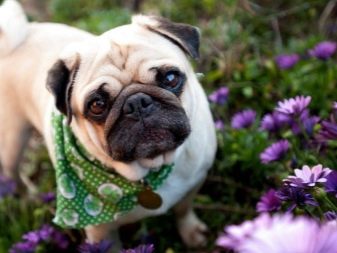

Perhaps one of the most popular among the top decorative dogs has remained for many years Yorkshire Terrier... Nice big beady eyes and beautiful color are a distinctive feature of the dog. In terms of its structure, Yorkie's wool is more similar to human hair, so allergy sufferers often get this breed. But a beautiful coat requires proper and, most importantly, daily care. And at least once a season it will be necessary to contact a groomer for professional hair care.
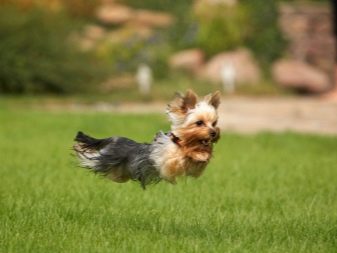
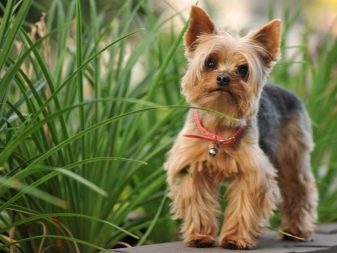
Decorative cute yorkies do not need long walks, they quickly get tired on the street and often ask to be held in the arms of a caring owner. And in winter, a decorative Yorkie needs to be dressed and put on shoes. Yorkshire Terriers, Chihuahuas, and other mini-sized dog breeds often fall prey to unscrupulous owners. Because of their cute appearance, they become "living toys".
Some people forget that this little pet requires proper care, care and love. Decorative and fragile dogs are not recommended for families with children under the age of 10, as the child can unknowingly harm a four-legged friend.
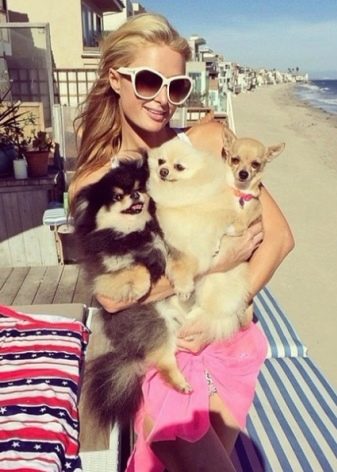
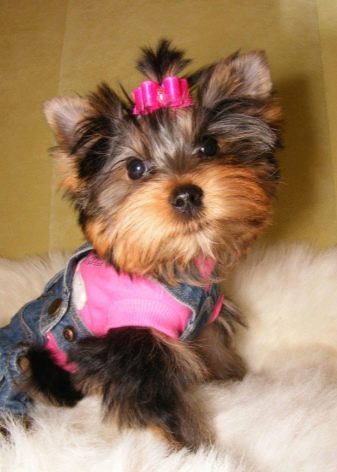
Criterias of choice
It is especially important for a beginner to choose a dog with which he will be comfortable living for many years. You should pay attention to the following parameters when choosing a pet for life in an apartment building.
- Small to medium sized dogs get along better in a city apartment. They do not need a large area and feel more comfortable in the city.
- The character and activity of the dog and the owner should be on the same level. If the owner prefers to spend his free time in the apartment, then the four-legged friend should also be chosen to match. Pugs and Bulldogs are often referred to as cushions. A lover of an active lifestyle and frequent travel should take a closer look at medium-sized dogs.
- Noise level. Some dogs cannot stay alone for a long time, due to their physiological and breed characteristics, they feel lonely without a master.These dogs include huskies and samoyeds - they need not so much active games as in the presence of a person. Despite their cuteness, Samoyeds and Huskies have one unpleasant trait: if left alone, the dog will be sad and will start howling with boredom. Noisy dogs often include small dogs, which do not feed with meat, let them bark at a person entering the house. And from many large dogs, such as the Labrador, even a sound cannot be drawn.
- The sex of the animal. The character of the dog largely depends on this. Males are more active and are considered to be less emotionally attached to their owner. For example, during sexual activity, a male dog may leave the owner in search of adventure. In addition, males are more likely to show aggression towards other dogs. As far as bitches are concerned, the main problem the owner will face twice a year is estrus. During this period, on walks, the dog will attract all males like a magnet. And if there is no desire to have offspring, then walks for the safety of both the dog and the owner should be short.
- Molting is a key factor for many dog breeders. For example, the future owner of a husky needs to think many times before starting such a four-legged friend in an apartment. Even if the owner is ready to walk with the dog for several kilometers in the morning and in the evening both in the snow and in the heat, then it is necessary to mentally prepare for the abundant and long shedding, since the wool of your beloved four-footed friend will be literally everywhere: on furniture, on clothes and even in homemade food. ... Small breeds of fluffy dogs are easier to maintain, because before molting they can be registered with a master groomer, who will make the haircut shorter and the amount of hair falling out will be significantly reduced.
- Some breeds are prone to profuse drooling. If you dream of getting a bulldog, mastiff, Newfoundland, St. Bernard or boxer, be prepared for drooling from the dog's face and accompanying it everywhere: on a walk, in an apartment or in a car.
- Many dog breeds quickly find common ground with both children and retirees. But if there are small children in the house, then it is wiser to postpone the purchase of a puppy. Since a child who learns the world can harm and cripple a defenseless puppy.
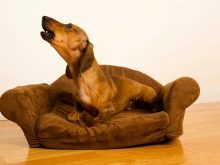

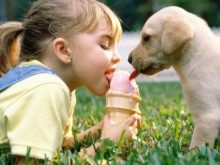
It is important for novice dog breeders to understand that a problem-free dog is just a myth and fairy tales. In fact, regardless of the breed chosen, your future pet will require a lot of time and effort. But do not forget: not only a purebred dog can become a true and loyal friend with an agreeable character.
A homeless dog taken from a shelter or from the street will be grateful to its owner for the love and care no less than a thoroughbred brother with a pedigree.

Features and rules of content
A novice dog breeder should know many of the nuances of keeping a dog in an apartment.
In the first months of life, the puppy's immune system functions at the expense of breast milk. As soon as the puppy switches to regular food, its immunity decreases, and the risk of contracting various diseases increases. That's why in the period of two to three months, the puppy is given the first vaccinations: against distemper and rabies... During the first appointment with the veterinarian, a passport is issued, which will indicate the dates of affixing all vaccines and taking medications.
After that, the four-legged friend is in quarantine for an average of one and a half months. At this moment in life, the puppy's health is most vulnerable, it must be protected from contact with other animals, and walks on the street are prohibited. Accordingly, during these weeks, the puppy should be taught to go to the toilet at home in the designated place. After the recovery period, you can take the puppy out for a walk and teach him to relieve himself there.
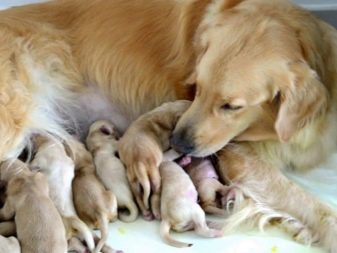
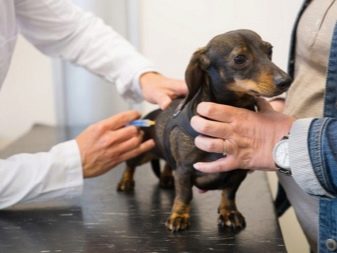
The revaccination must be carried out at the same time every year. But after repeated vaccinations, the dog no longer needs to be restricted in movement and quarantined at home.But after revaccination, it is necessary to exclude the risk of possible infections: give up long walks and meet new friends for at least a week.
Also every year, with the onset of warmth, the dog needs protection from ticks and other ectoparasites... Experienced dog breeders, in addition to annual vaccinations, also provide additional protection in the form of drops and collars that repel insects. From April to October it is also recommended to give your pet the preparations "Brovekto" and "Nexgard".
In addition, once a season, the dog should be given anthelmintic drugs. But a novice and experienced dog breeder should not independently prescribe any medications to his pet. Before taking any medication, you should consult with your veterinarian, who will prescribe the necessary medications and calculate the dosage.
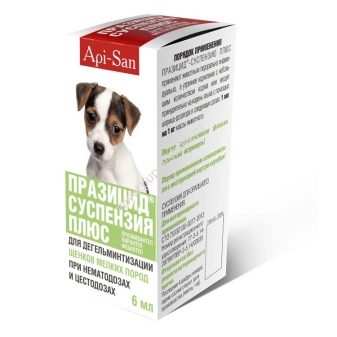
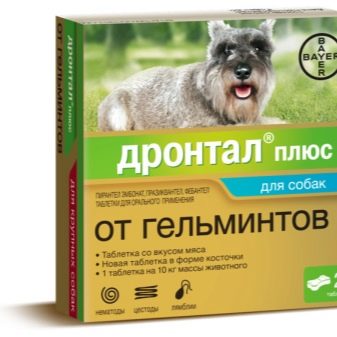
The most important thing that a future dog owner should know - especially at an early age, a four-legged friend requires a lot of attention. During this period of active growth and development, all the necessary qualities are laid in a growing friend and habits are formed. And that is why it is very important during this period to engage in the upbringing and training of the dog. At puppyhood, the pet is most active, he learns the world and wants to communicate with new people and animals. That is why at an early age, in a playful way, the puppy learns new commands more easily and faster and learns the rules.
The training of a growing family member can be entrusted to professionals, and you can also daily independently teach the puppy simple commands "Sit", "Lie down", "Give a paw", "Come to me" and "Fu!". Gaps in the upbringing of a small puppy can be a big problem.
Do not forget the most important thing that a dog is an animal that lives by instincts and obeys a strong leader in the pack. If from the puppy period a four-legged friend dominates the owner, in the future he will become an uncontrollable and aggressive dog, which will be feared not only by passers-by, but also by the owners.
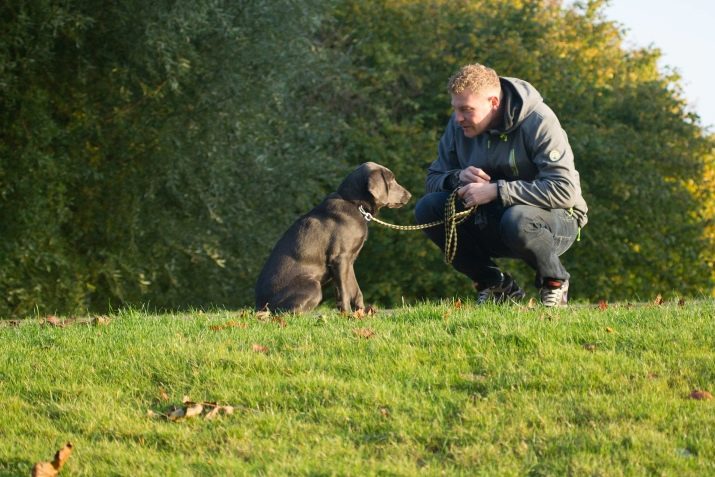
For dog breeds that are suitable for keeping in an apartment, see below.






































